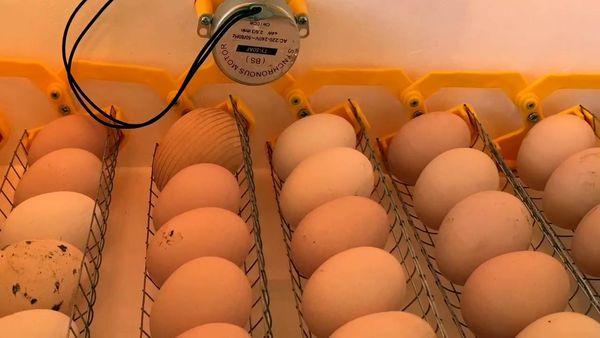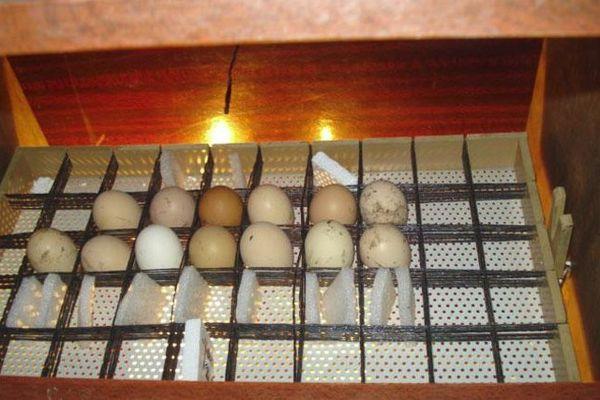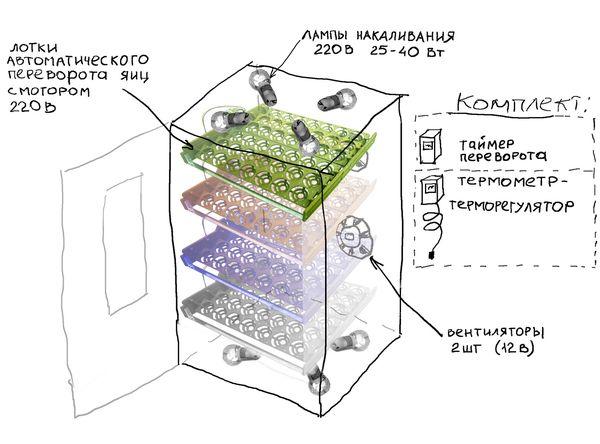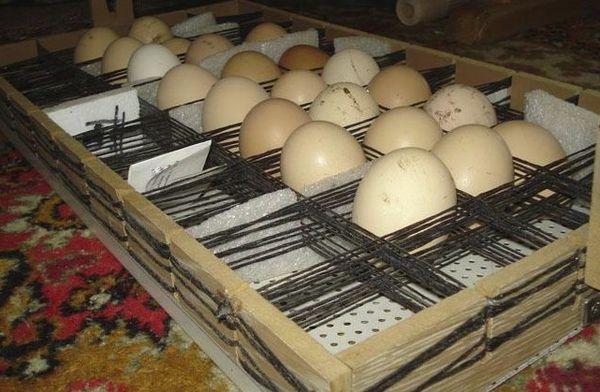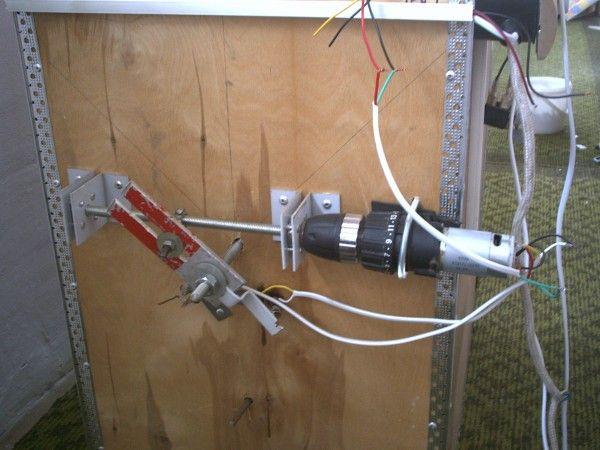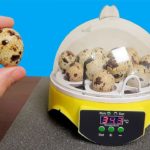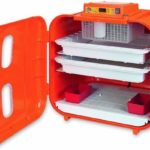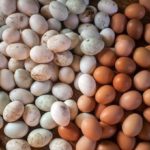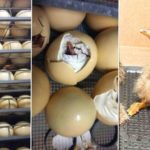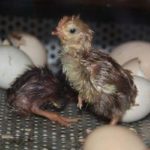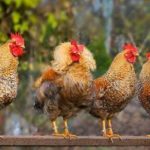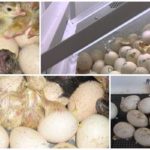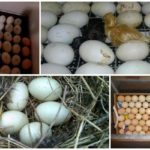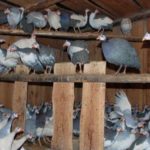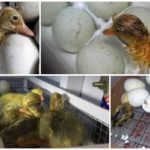Just a few decades ago, almost no one used automatic incubators. Such devices were considered a luxury, as many poultry farmers could not afford them. However, today they have become more accessible, and therefore everyone can start making a homemade incubator with automatic egg turning.
- What is it needed for?
- Basic requirements for homemade incubators
- Advantages and disadvantages of homemade devices
- How to make an automatic egg incubator at home?
- Size calculation
- Necessary tools and materials for work
- Incubator body
- Tray system
- A heating element
- Fan
- Automatic turning mechanism
- Laying eggs in the device
- Temperature conditions for different birds
- Conclusion
What is it needed for?
Many novice poultry farmers are not sure that they need an automated incubator and do not know what it is for. This device is indispensable as it independently turns chicken eggs. This greatly simplifies the process of incubating the eggs, because the person will not have to turn them over manually.
It is necessary to turn the testicles over, as this contributes to the proper development of the young fetus. If this is not done, the chicken will grow sick and soon die. Professional biologists say that they should be turned over at least three times a day.
Basic requirements for homemade incubators
A homemade incubator design must meet the requirements that will make it possible to hatch new chicks. Young chickens hatch within twenty-five days. At this time, the air humidity in the structure should be 50-64 percent. When the chicks begin to hatch, the humidity level rises to 75 percent. In the last few days it has been reduced to its original levels.
Also, the temperature in the incubator must be maintained. The temperature inside should not fall below 37 degrees and rise above 39 degrees.
Advantages and disadvantages of homemade devices
Automated designs have advantages and disadvantages that should be familiarized with before using them.
Among the advantages are:
- compactness;
- attractive appearance;
- ease of use;
- automated work.
However, such devices have several disadvantages, which include the following:
- Automated incubators must be filled completely.This creates difficulties for people who intend to raise a small number of chickens.
- Periodically overheat. Due to overheating, some of the embryos may die.
How to make an automatic egg incubator at home?
Before making an incubator with your own hands, you need to familiarize yourself with the features of creating the design.
Size calculation
It is recommended to understand the dimensions of the future incubation structure in advance. To determine the size, you will have to decide in advance how many chickens will be raised. The number of eggs that will be placed in the incubator depends on this. In addition, the dimensions of the device depend on the material of manufacture and the characteristics of the heating system used.
Most often, poultry farmers make structures that can hold 100 eggs. In this case, each egg cell must have a diameter of at least 40 millimeters and a depth of about 75 millimeters.
Necessary tools and materials for work
Before making an incubator, it is necessary to prepare in advance the materials and tools for the work. To assemble the structure you will need:
- Drill. This is an indispensable device with which holes are created for installing fasteners.
- Assembly adhesive. Some structural parts cannot be secured with screws or nails. Instead, they are connected using a special mounting adhesive.
- Knife. Used for cutting fabric or rubber materials.
- Bulb. It is used when organizing heating inside the incubator.
- Fridge. The body of the structure is created from it.
- Hygrometer. It is used to monitor the humidity level in the device.
- Thermostat. An indispensable part of automated incubation systems that controls temperature indicators.
Incubator body
The effectiveness of the further operation of the created device directly depends on the preparation of the case. Therefore, it is necessary to familiarize yourself in advance with how to create it correctly.
The housing for the incubator can be made from an old unnecessary refrigerator. To do this, remove the freezer and other equipment that is built inside. Then small holes are made in the walls of the refrigerator, through which air circulates. After organizing the ventilation system, you can install egg trays inside.
Tray system
The system of trays that are installed inside the structure is made in the form of a grid. A small grid with cells for eggs is installed inside it. These trays differ in the number of cells. The most commonly used systems are those that can accommodate a hundred testicles. However, for more compact designs, less capacious systems are used, which contain only 60-70 cells.
For automated systems, tray models are used that are equipped with special sides to support eggs. They are made from durable cardboard or foam rubber.
A heating element
People who decide to make an incubator themselves will have to equip a heating system. 40 W incandescent lamps are used as heating elements. They are located at the top and bottom of the refrigerator. At the same time, they must be positioned in such a way that the light bulbs located below do not interfere. Therefore, before organizing a heating system, you need to carefully think through everything and make a layout diagram.
You also need to install one of three types of thermostat:
- barometric;
- bimetallic;
- electric contactor
Fan
When organizing a ventilation system inside the structure, you will have to install a small fan. It is needed to improve air circulation through the drilled holes. For a refrigerator, choose a fan that meets the following requirements:
- possibility of operation from a 220V network;
- the diameter of the structure is not less than thirty centimeters;
- productivity about one hundred m3/h.
Experienced poultry farmers recommend installing special fabric filters on the fan. They prevent pieces of dirt, dust and other debris from getting into the blades.
Automatic turning mechanism
To turn the laid eggs, a special turning mechanism is used, which must operate at least twice a day. There are two main types of systems that are used in incubators:
- Frame. This mechanism pushes the testicles together using a small frame.
- Inclined. This is the common system used most often. In this case, all the eggs turn over due to the tilt of the filled trays.
Laying eggs in the device
After creating an incubator for raising chickens, you can start laying eggs. They must be laid very carefully, as this affects the growth and development of the embryos. Testicles no more than ten days old are used to place them in the incubator.
Before placing them inside the structure, their surface is thoroughly cleaned of dirt. They also need to be inspected in advance and checked for cracks or other mechanical damage.
Temperature conditions for different birds
When raising birds, the following temperature conditions are observed:
- Chickens. The optimal temperature indicators are considered to be a temperature of 37 degrees Celsius. The growing period lasts 20-25 days.
- Ducks.The incubation period of domestic duck eggs is 28-30 days. In this case, the temperature inside the incubator should be about 35-36 degrees.
- Geese. Temperature readings should not be below 36 degrees Celsius.
Conclusion
Many poultry farmers decide to make their own egg incubators. Before this, it is recommended to understand the advantages and disadvantages of such structures, as well as the features of their creation.

